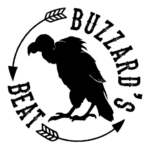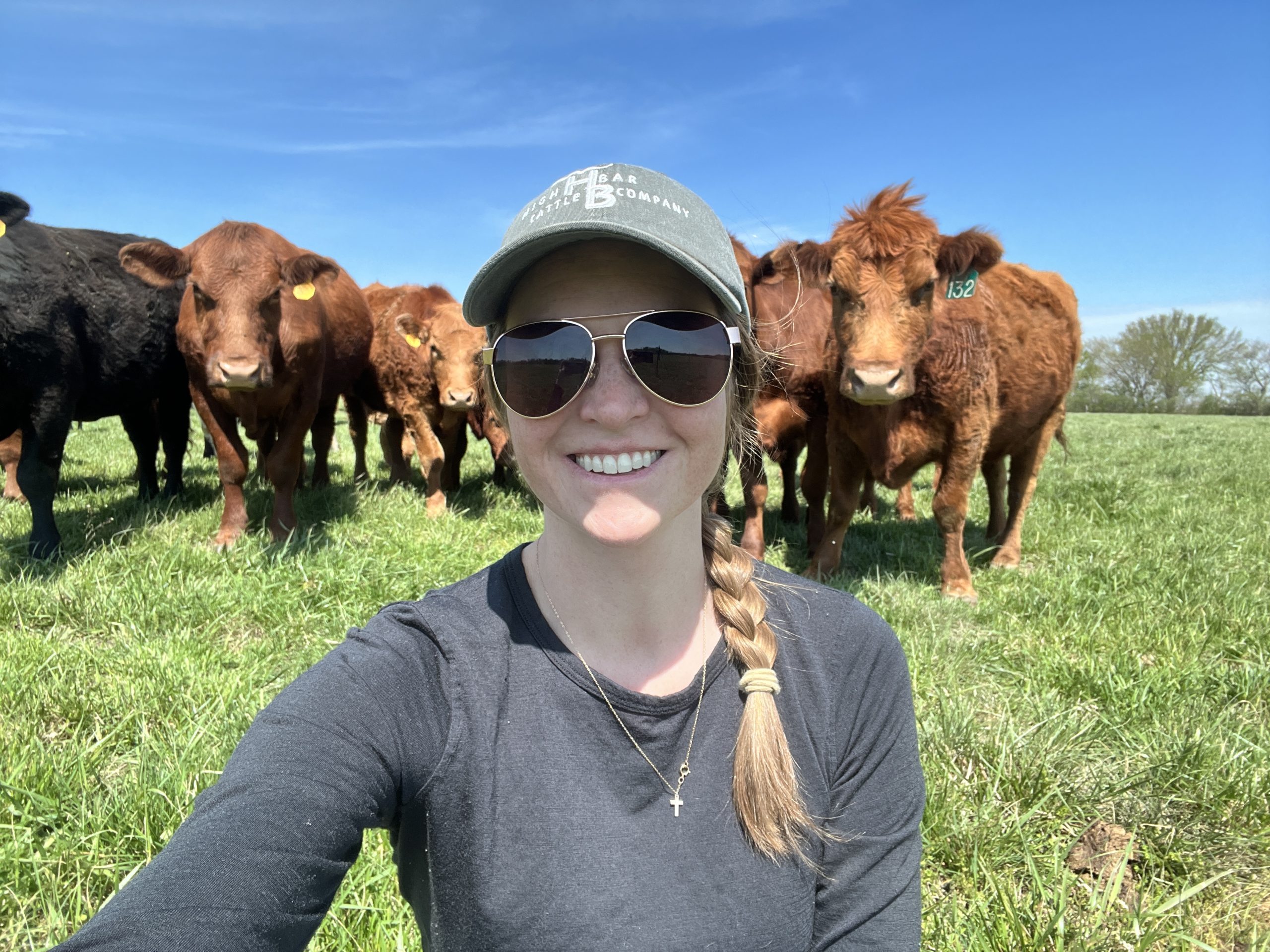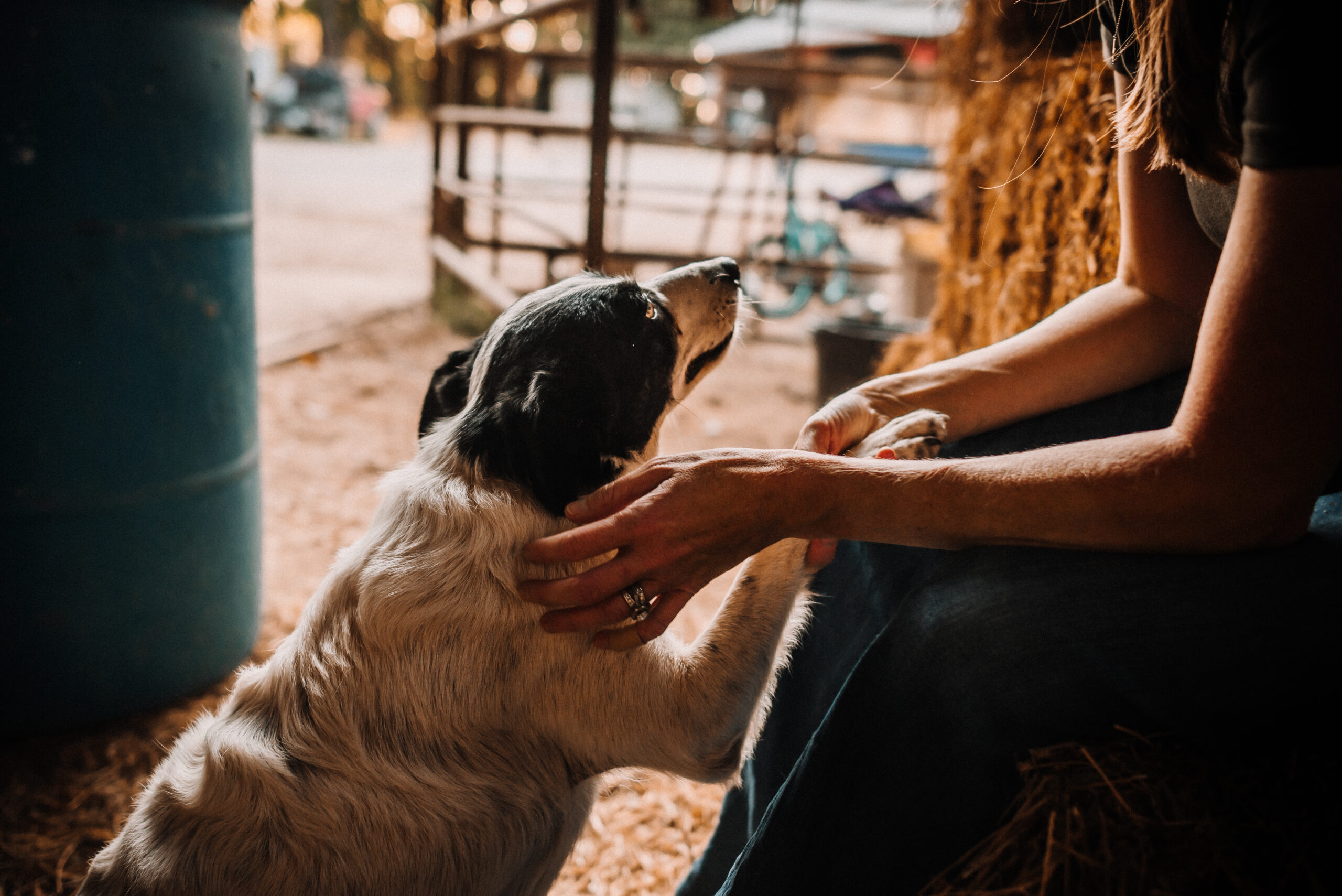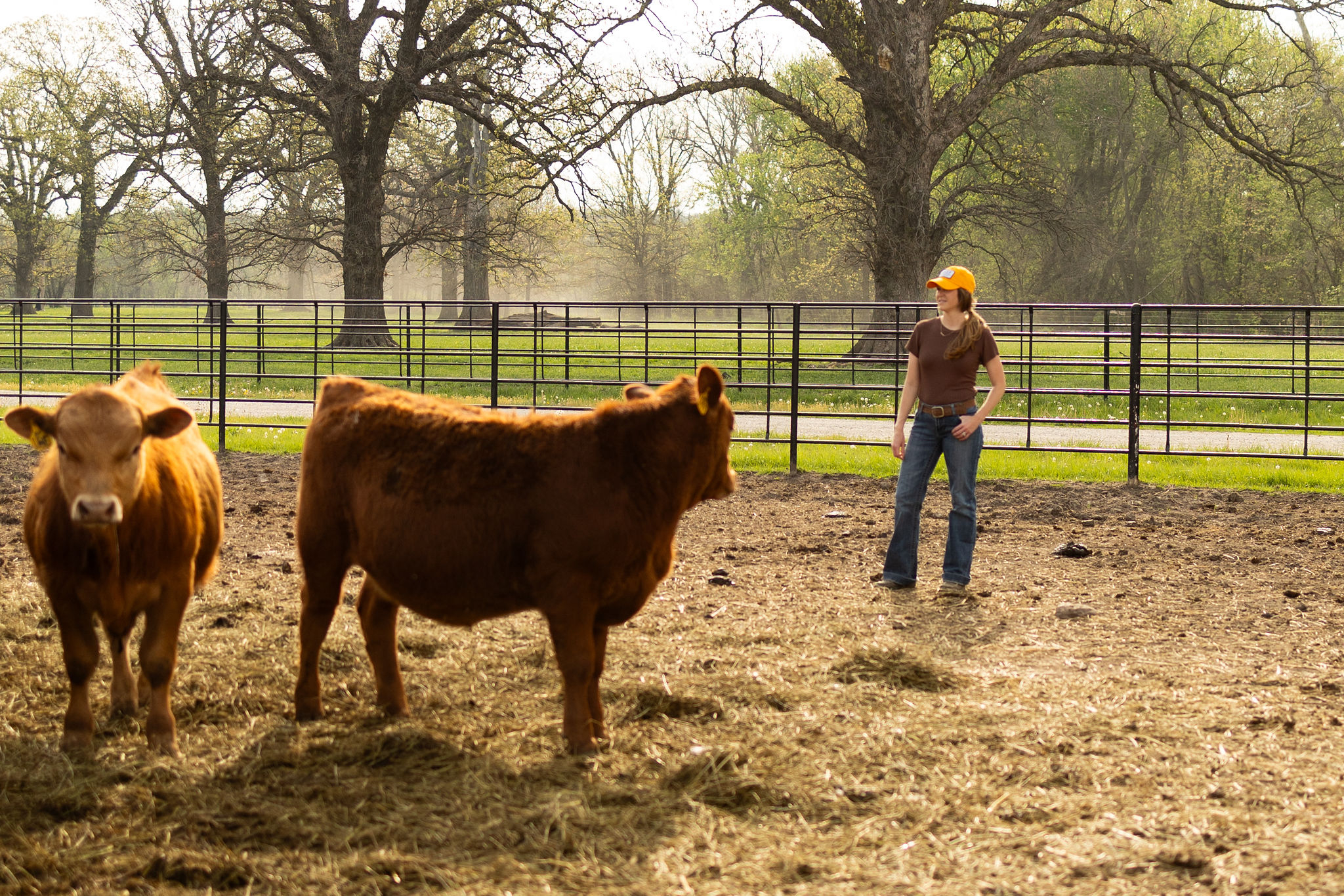My favorite color of green is “new spring grass.” It’s bright and you can just tell it will be crunchy and lush for whatever herbivore comes along and claims it first. I know, I sound like a #GrassGeek but grass is such a large part of what we do in cattle ranching, it’s hard not to be obsessed.
Speaking of obsessed, all winter long moisture and spring grass has consumed our thoughts and plans. We’ve worried and waited to see that grass pop up in our pastures and once it’s there, WOWZA, we really want to take the cows to their summer pastures immediately!
However, as much as we want to kick them off the Uber Eats for Cows hay delivery service, we know that in the long run, we have to be strategic about when we take them to spring grass because we want our pastures to stay lush and abundant all summer long, not just for a few weeks. Here’s five steps we take before we send the cows to summer grass:

- Test the soil – We test each individual pasture every spring so that we know what the nutrient availability and levels are in the soil. Those levels guide us in our fertilizer decisions so that we can use as little product as possible to be cost-efficient, and also not be detrimental to the pasture.
- Fertilize pastures – Based on the results from our soil tests, we decide how much fertilizer to apply to each pasture. We apply fertilizer in specific mixtures – there are varied ways to do so based on the weather forecast and if we are using granular or liquid fertilizers. Ideally, we can get the pastures fertilized approximately 45 days before turnout and during that time we hope to receive ample moisture so the fertilizer is available to the plant when growth starts in the spring.
- Evaluate weed pressure – It never fails, we spend several months during the growing season spraying weeds (each year usually has its own specific nuisance weed) and working to eradicate it from our pastures only to have a different weed pop up and be a nuisance the following year. Basically, we spend a lot of time annoyed about unwanted growth. It’s important to try to get a good grasp on what weeds will be appearing in the spring so we check pastures often to evaluate what challenges lie ahead. Based on that insight, we can appropriately plan for the preferred herbicide to use during the summer.
- Check fences – The call of “cows are out!” is one that every rancher dreads getting, especially when we aren’t at home or it’s the middle of the night! During the off-season, fences can get damaged from wildlife, storms and other factors so it’s important for us to check before turnout to avoid our cows getting out, or the neighbors’ cows getting in!
- Monitor/measure growth – As spring progresses and we hopefully receive moisture, we are anxiously watching to see a jump in growth. Ideally, we want to have 8” or more of grass in the pasture before we turn the cows out and sometimes it seems like that can take forever to reach. But we know in the long run if we let the grass establish strong roots that it will improve soil quality and the future of our pastures will be brighter.
This may seem like a lot of work and time invested to just turn some cows out to eat, and I guess it sort of is in that respect. But all of this work is to ensure that we are doing our best by the land and our livestock for future generations to come. We do our best to “make good choices” for the resources and animals in our care, and we want our cows to ascribe by that same motto as they head out to pasture!
Until next time,
~ Buzzard ~



